Get PeakVisor App
Sign In
Search by GPS coordinates
- Latitude
- ° ' ''
- Longitude
- ° ' ''
- Units of Length

Yes
Cancel
Share ×

Scan the QR code and open PeakVisor on your phone
❤ Wishlist ×
Choose
Delete
The Hawaiian Islands Humpback Whale National Marine Sanctuary is located in the US state of Hawaiʻi, and it protects the warm, shallow waters around the state’s six largest islands. The area contains 48 named mountains. Rising to an elevation of 3,379 ft (1,030 m) above sea level, Lānaʻihale of Lānaʻi Island is the tallest and most prominent mountain in the marine sanctuary.
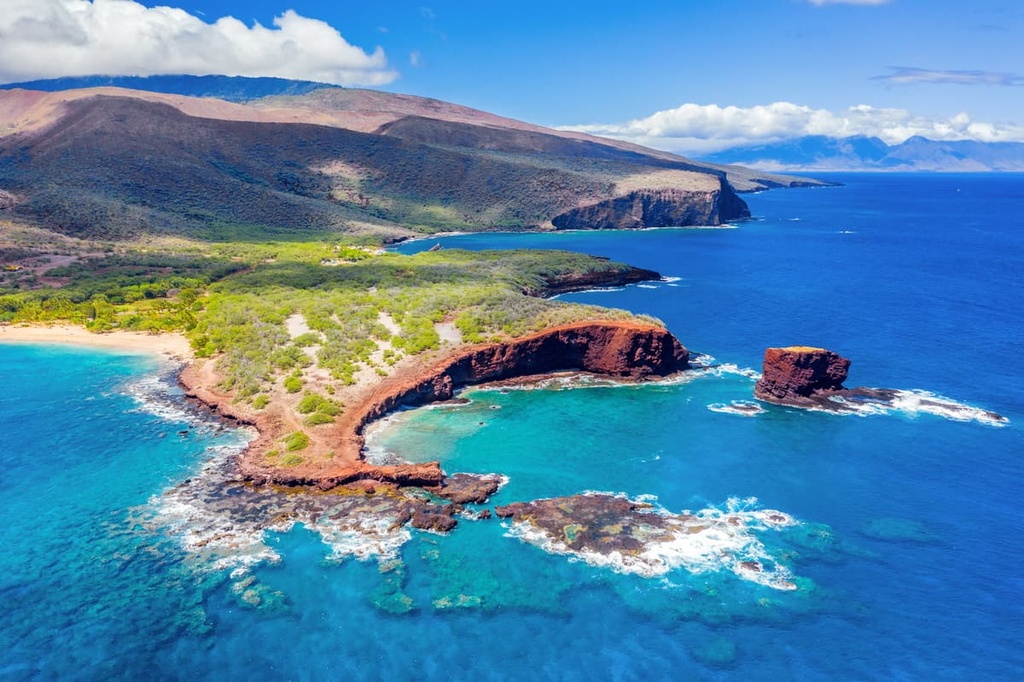
Located in the waters around the six largest Hawaiian islands—the Big Island, Maui, Lānaʻi, Molokaʻi, Oʻahu, and Kauaʻi—the Hawaiian Islands Humpback Whale National Marine Sanctuary was created in 1992 to protect an area of critical habitat for humpback whales (Megaptera novaeangliae).
The sanctuary encompasses the warm and shallow waters (no deeper than 600 ft/180 m) that surround the Hawaiʻi’s largest islands. These waters are critically important ecological zones because they receive thousands of North Pacific humpback whales each winter who come to the area to mate, calve, and raise their young.
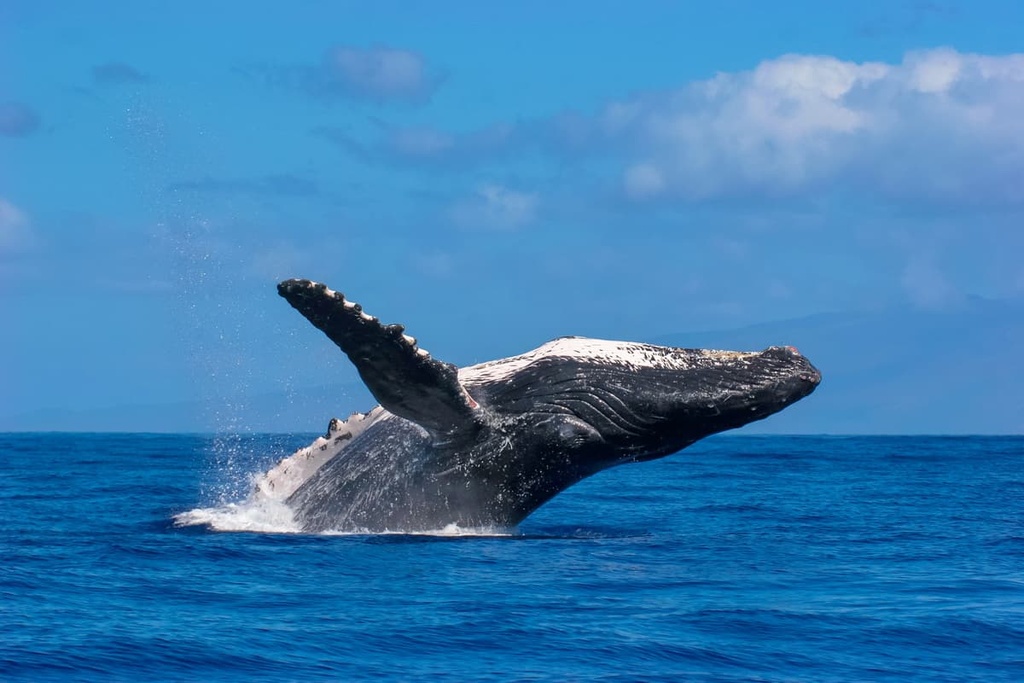
In fact, the sanctuary is the only place in the US where humpback whales are known to reproduce. The sanctuary is co-managed by the National Oceanic and Atmospheric Administration (NOAA), the Office of Marine Sanctuaries, and the State of Hawaii Department of Land and Natural Resources.
The series of volcanoes and seamounts that comprise the Hawaiian chain and the Hawaiian Islands Humpback Whale National Marine Sanctuary is a result of the shifting of the Pacific Ocean tectonic plate to the northwest over a hotspot.

As a result of the movement of the Pacific plate over this hotspot, the Hawaiian islands get successively older as you move toward the northwest. The islands of Kauaʻi and Niʻihau are around five million years old while the volcanoes of the Big Island are the youngest and are still active to this day.
The islands of Hawaiʻi are primarily composed of basalt lava, due to their volcanic origin. A new seamount, Lōʻihi, has been forming over the hotspot. Although Lōʻihi is still well below sea level, in several tens of thousands of years, the seamount could become the next island to form within the chain.
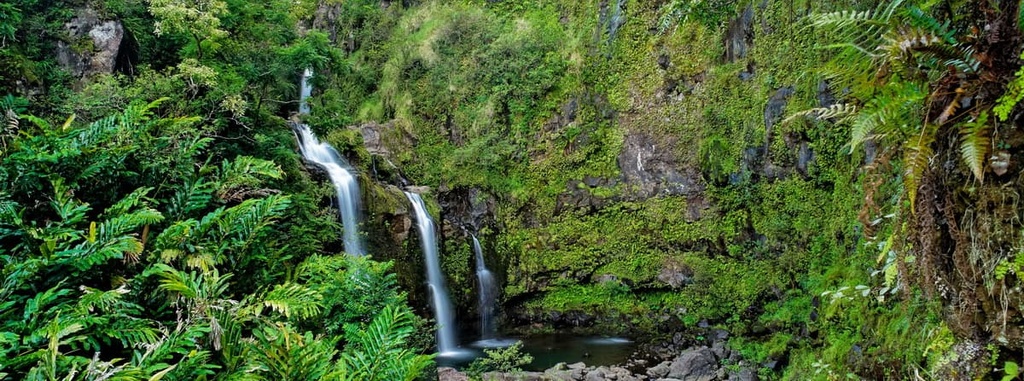
Each year, North Pacific humpback whales arrive in the thousands to the warm, shallow waters around the Hawaiian Islands. Although they are present in the region from November through April, the peak season for seeing these whales is between January through March.
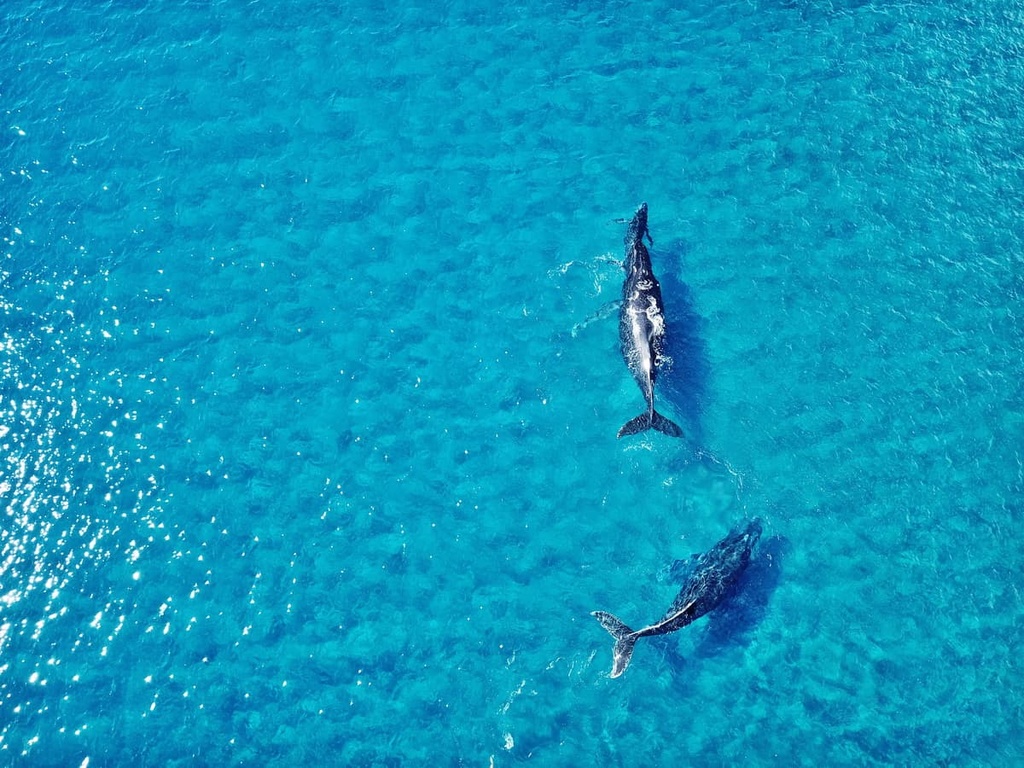
In fact, the Hawaiian Islands Humpback Whale National Marine Sanctuary is the only place within the US where humpback whales are known to reproduce. As a result, the sanctuary protects this incredibly valuable habitat so that the whales can mate and calve.
In addition to humpback whales, 23 other cetacean species are known to inhabit the sanctuary. These include bottlenose dolphins (Tursiops truncatus), false killer whales (Pseudorca crassidens), spinner dolphins (Stenella longirostris), and spotted dolphins (Stella attenuata), among others.
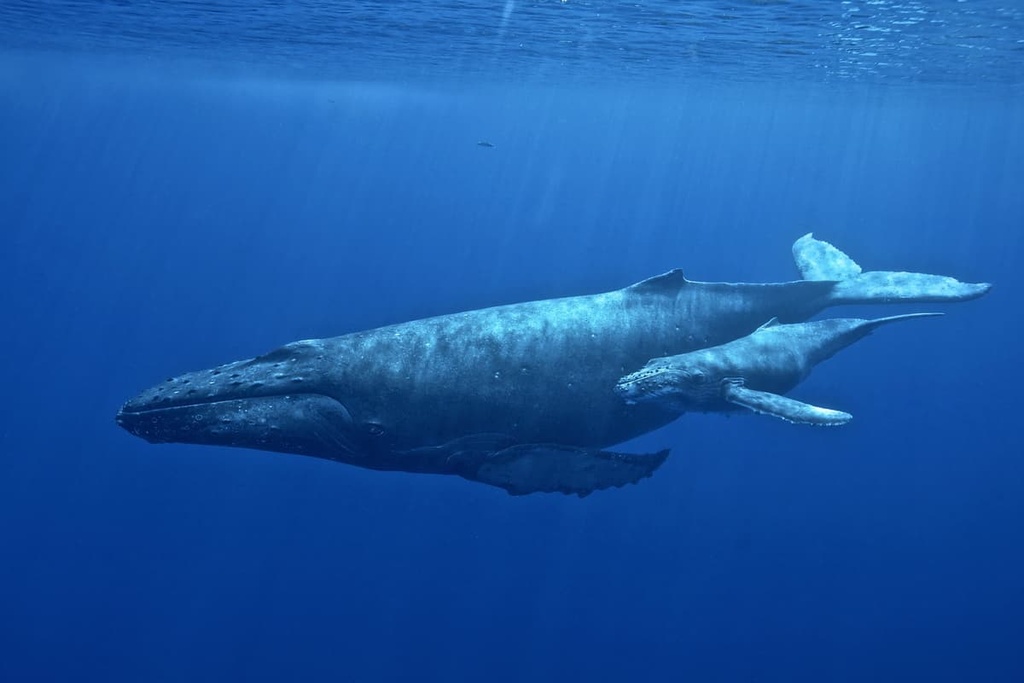
Five species of marine turtles also live within the sanctuary: green sea turtles (Chelonia mydas), hawksbills (Eretmochelys imbricata), leatherbacks (Dermochelys coriacea), loggerheads (Caretta caretta), and olive ridleys (Lepidochelys olivacea).
Hawaiian monk seals (Monachus schauinslandi) have also been spotted breeding around the main Hawaiian islands in increasingly large numbers over the last few years. Their primary breeding grounds are located in the northwestern Hawaiian islands.
In addition to protecting the waters necessary for the whales to thrive, the sanctuary also works to research and mitigate threats to whales. Major threats to whales in the area and around the world include entanglement in fishing equipment and other debris, collision with vessels, acoustic disturbance, and habitat degradation.
Human settlement of the Hawaiian Islands dates back over 1,000 years. Polynesian peoples traditionally traveled throughout the Pacific Ocean and they eventually settled on many of the ocean’s countless islands. For centuries, highly skilled Polynesian navigators traveled the ocean on open canoes using the stars and sun to guide their way.
By the first few centuries CE, Polynesian people had started settling throughout the islands of the southern and eastern Pacific, including on Rapa Nui (Easter Island), Aotearoa (New Zealand), and Hawai’i, among others.
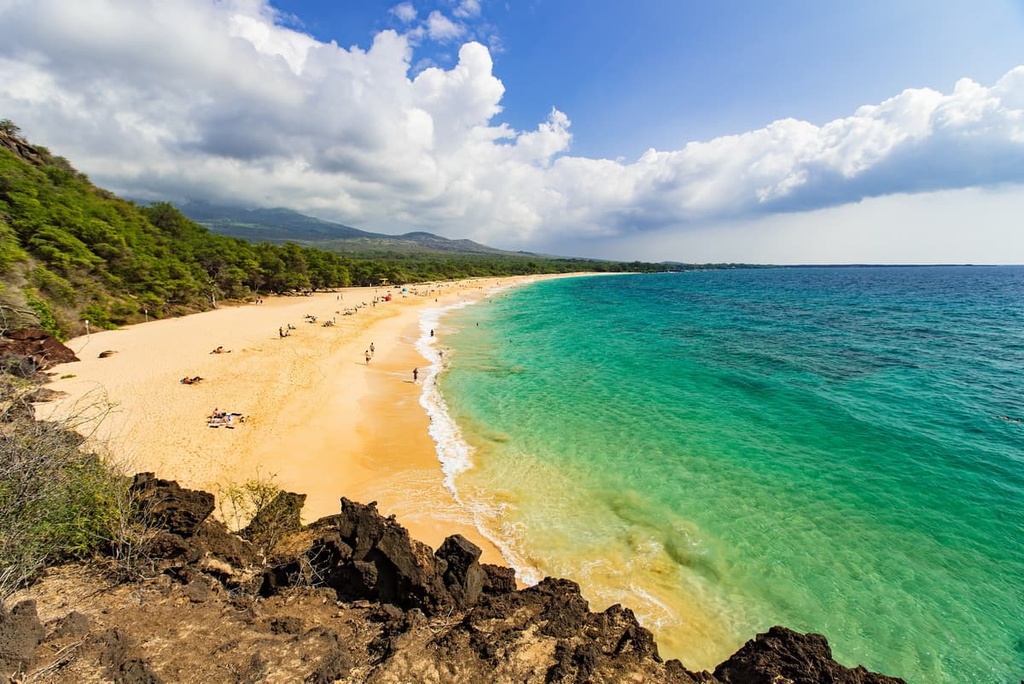
For hundreds of years, Native Hawaiians (Kānaka Maoli) have been the stewards of these lands and waters. Within their culture, whales are revered in many ways, including as ʻaumākua (deified ancestors) and as physical manifestations of Kanaloa, god of the sea and open-ocean voyaging.
Nowadays, the sanctuary maintains a Hawaiian fishpond, a traditional aquaculture system that utilizes Indigenous ecological knowledge to optimize delicate ecosystem processes. Researchers also carry out studies to document whale distribution, abundance, and behavior in the sanctuary and to examine the potential impact human activities could have on whales.
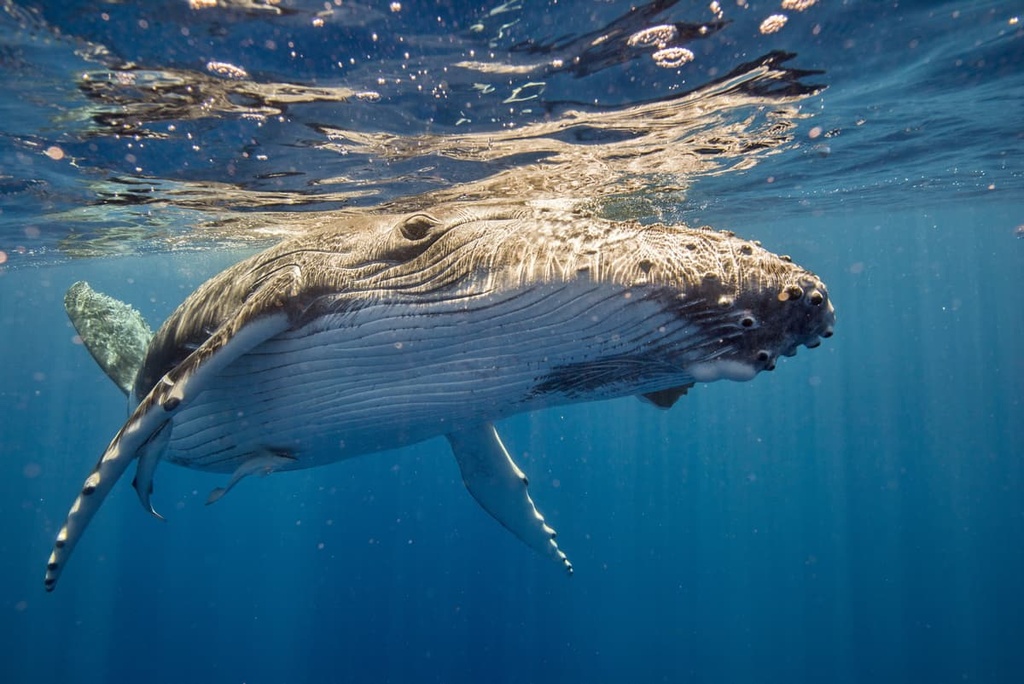
Although the sanctuary was created to protect this vital whale habitat, it is generally open to the public for recreation, too. In particular, visitors can whale watch, fish, snorkel, dive, paddle, or go boating while in the sanctuary.
Although there are some hiking areas in the Hawaiian Islands Humpback Whale National Marine Sanctuary, the waters of the sanctuary are easily its major attraction.
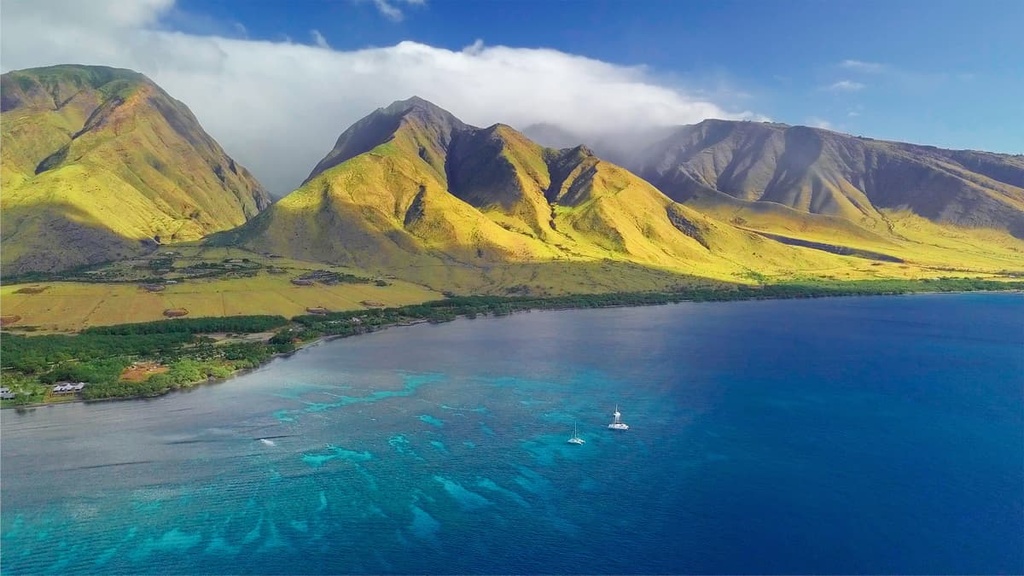
The warm shallow waters of the sanctuary provide the perfect place for diving, snorkeling, and paddling with a kayak, canoe, or stand-up paddleboard. Those who prefer to go boating can also go out a bit further from the coast, and the sanctuary is even open to anglers who are looking to get their fishing fix. Of course, whale watching tours are very popular in the sanctuary, too!
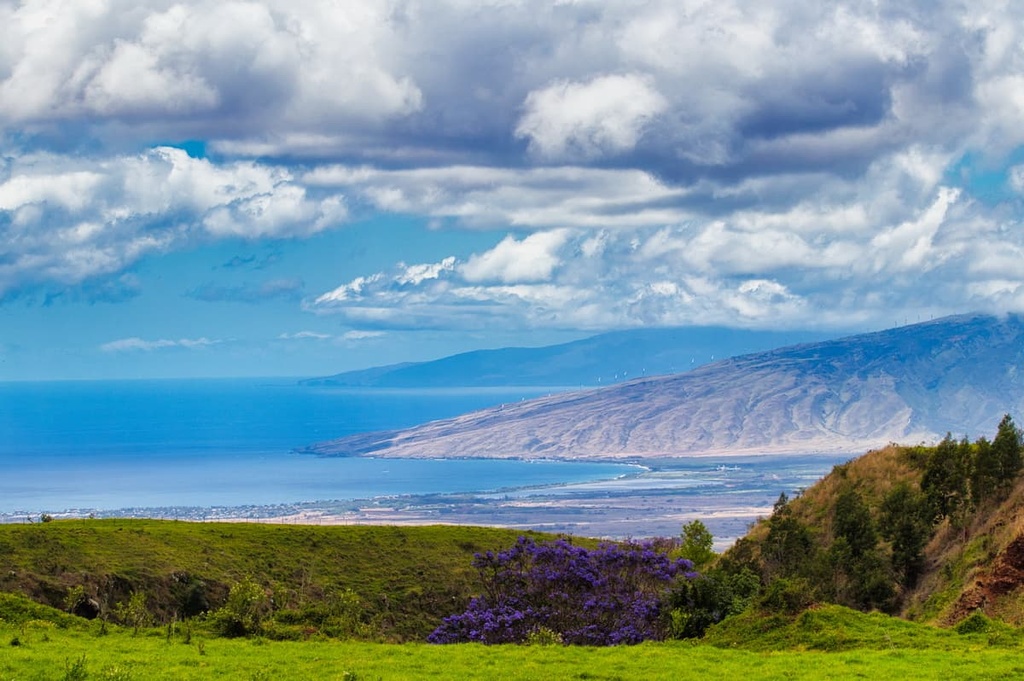
Those looking for a more educational and cultural experience can visit the historical fishpond called Kō’ie’ie that's located near the visitor center on Maui. Called Loko i’a in the Hawaiian language, Hawaiian fishponds are an aquaculture system that has been in use by Native Hawaiians for centuries. These systems are carefully created to exist sustainably within the landscape and to make the best use of natural watersheds, nutrient cycles, and fish biology patterns.

If hiking is what you’re after, Lānaʻihale, the tallest mountain in the sanctuary and on Lānaʻi island, is one potential option. Some of the trails on Lānaʻihale include:
The summit of Lānaʻihale is not very well marked, so people hoping to reach the official summit should come prepared to use a GPS, compass, and paper maps. By later in the day, the summit is likely to be covered in clouds, too, so an early summit is the best bet if you hope to get a clear view from the top!
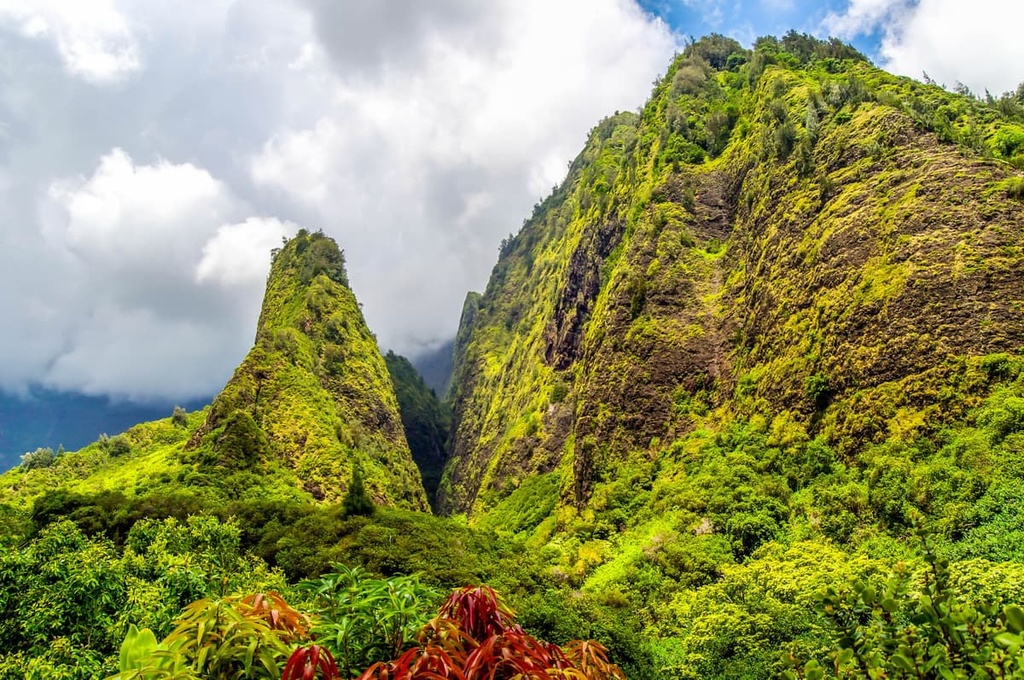
As the sanctuary abuts all six of the major islands, there are multiple towns that can be used to access the region. Kīhei on Maui and Līhuʻe on Kauaʻi both have visitor centers connected to the sanctuary. Those hoping to hike Lānaʻihale should plan to stay over on Lānaʻi.
Kīhei, a town with a population of just shy of 23,000 people, is located along the southwestern shore of Maui and is usually dry and sunny. Here, visitors will find the sanctuary’s visitor center, which offers information on the region’s marine ecosystems. The town also offers good potential opportunities to see whales breaching from the beach.
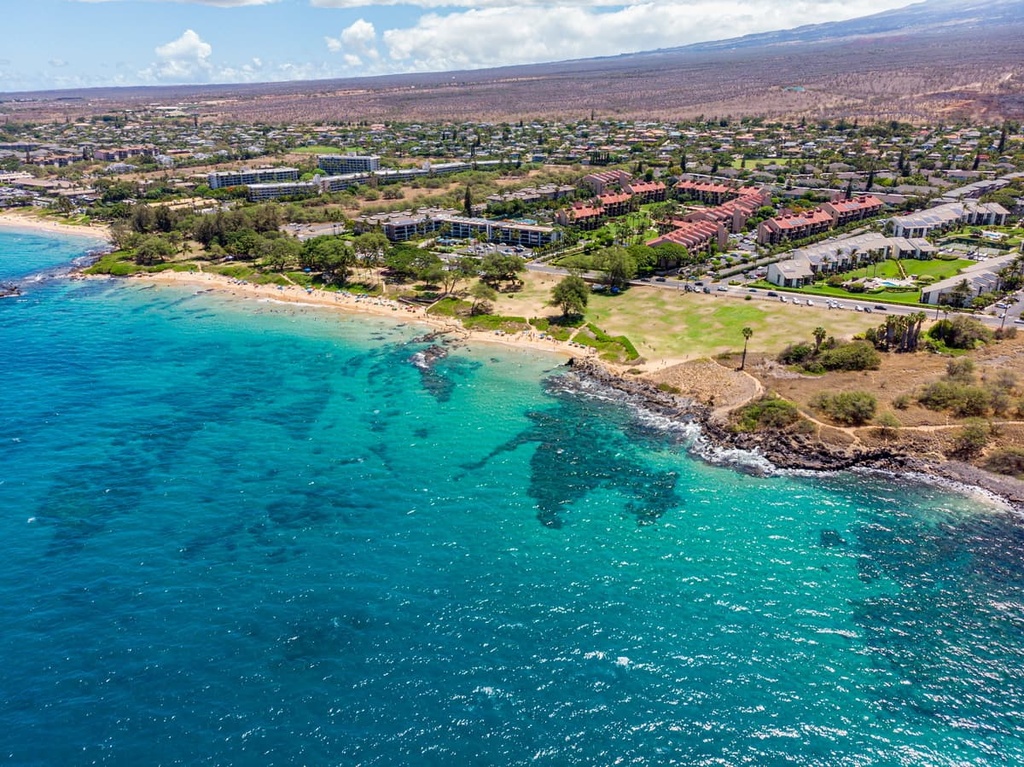
If you look out across the water from the town beach at the base of Haleakalā, you can also see Kaho’olawe, Lāna’i, and West Maui on a clear day. The town of Kīhei has 6 miles (10 km) of beaches, too, which are excellent destinations for swimming, snorkeling, diving, fishing, and whale watching.
Hotels and rental cottages are all available for visitors in Kīhei who need accommodation during their stay. Additionally, guests can either head to one of the town’s many restaurants or get food from the local farmer's markets and grocery stores. Plus, Kīhei is located just 25 minutes from Kahului Airport, so it’s easy to get to from other parts of the state.
Līhu’e is a town of about 9,000 people that’s located on the island of Kaua’i. The town is home to Kauai Ocean Discovery, which is the sanctuary’s second visitor center. Its mission is to share Indigenous traditions and knowledge surrounding the ocean and to inspire stewardship of the region.
Many people pass through Līhu’e during their travels into the region as it is home to both the Lihue Airport and Nawiliwili Harbor, Kaua’i’s major cruise ship port and commercial shipping center.
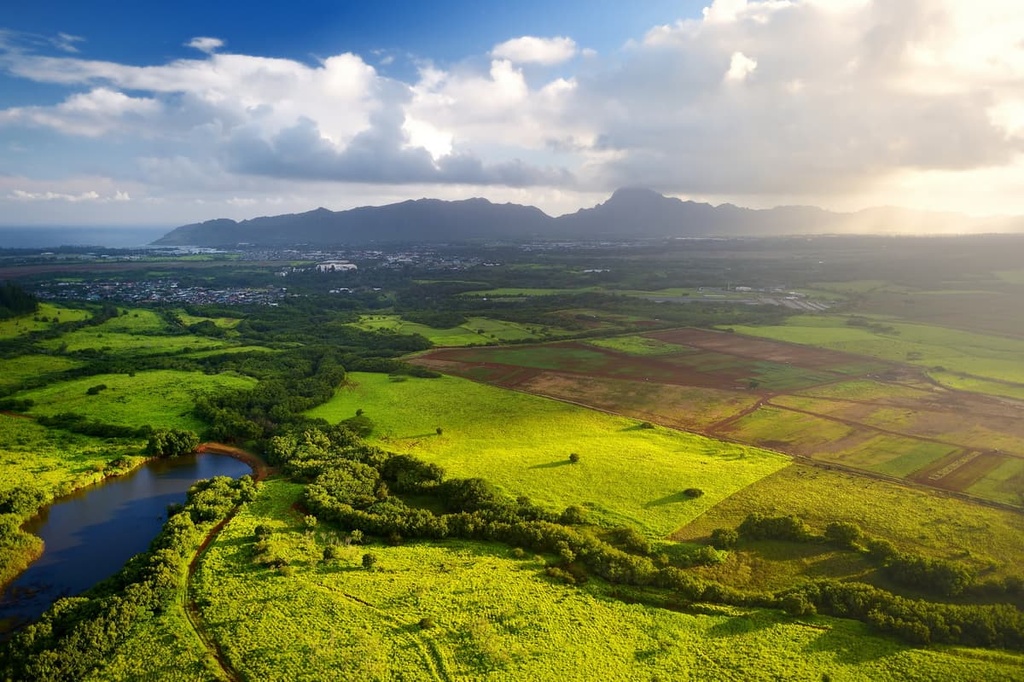
Near the town, you can also find a number of incredible beaches and waterfalls. Guests in Līhu’e can also visit historic spots like the Alekoko Fishpond, a historic plantation estate, or the Maui and Grove Farm Homestead museums. The town also has plenty of accommodation and dining options for visitors to enjoy, too.
Lānaʻi, which is home to the old volcano Lānaʻihale, is the smallest inhabited island that travelers can visit in Hawaiʻi. It has a population of just around 3,300 people and it is known as the Pineapple Island because it was once home to an island-wide pineapple plantation.

The island’s only major settlement is Lānaʻi City, so that’s where you'll find most of its attractions and services. But despite its small population, Lānaʻi is still an incredible destination because it offers everything from luxury resorts and rugged wilderness to fancy restaurants and locally-owned shops. On Lānaʻi, you can also sometimes see both turtles and spinner dolphins at Hulopoe Beach, which is the one spot on the island with an official campsite.
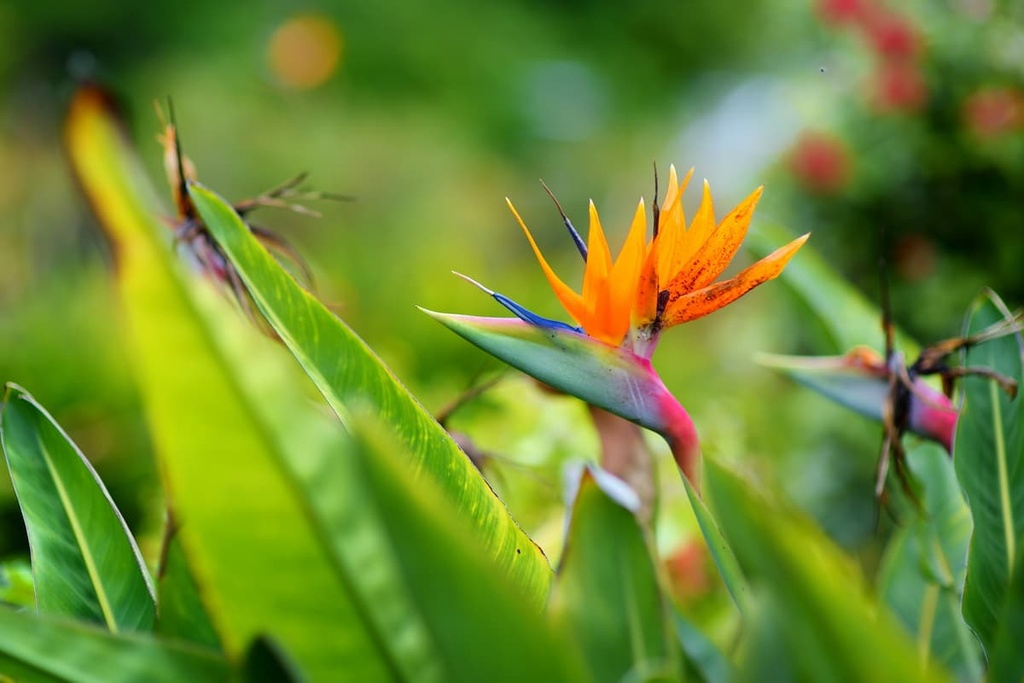
Explore Hawaiian Islands Humpback Whale National Marine Sanctuary with the PeakVisor 3D Map and identify its summits.








